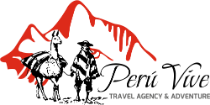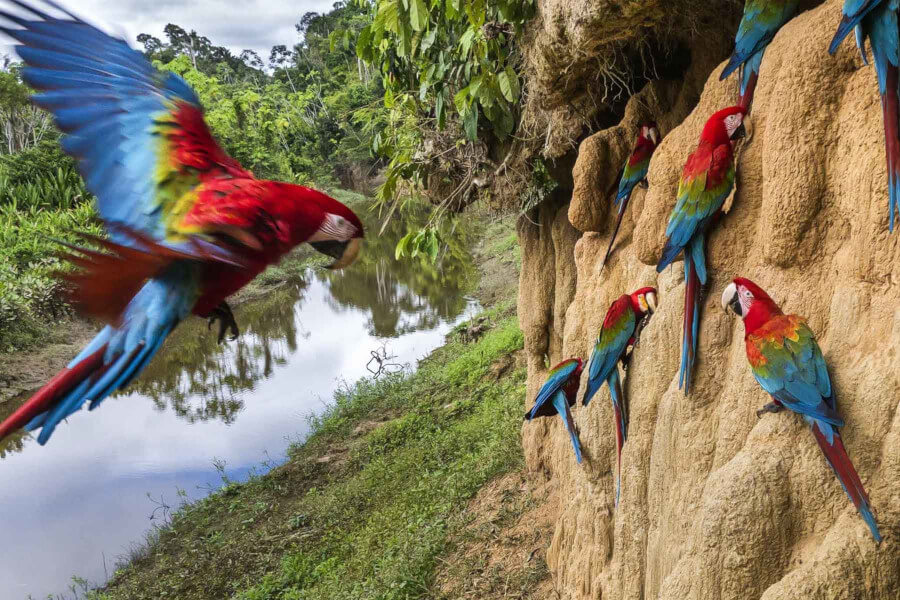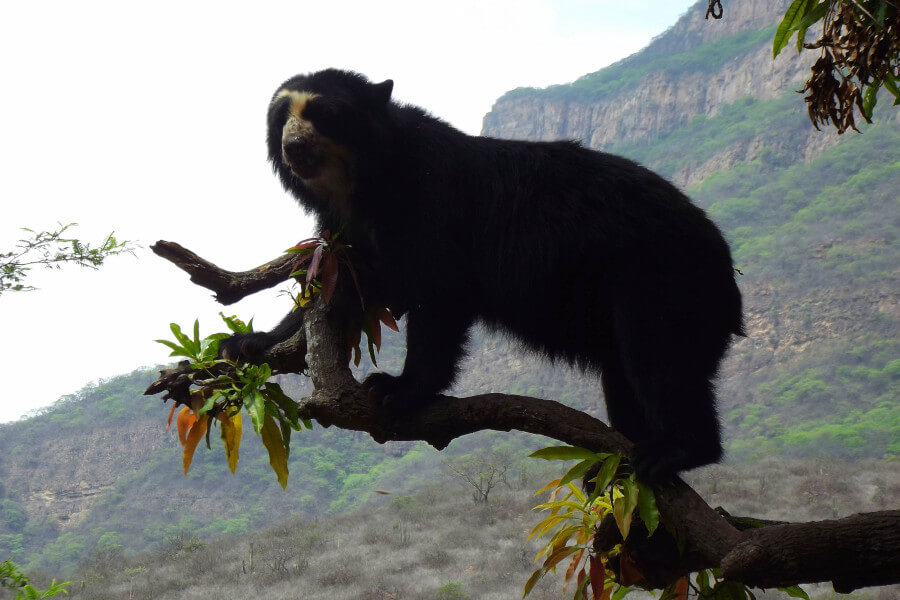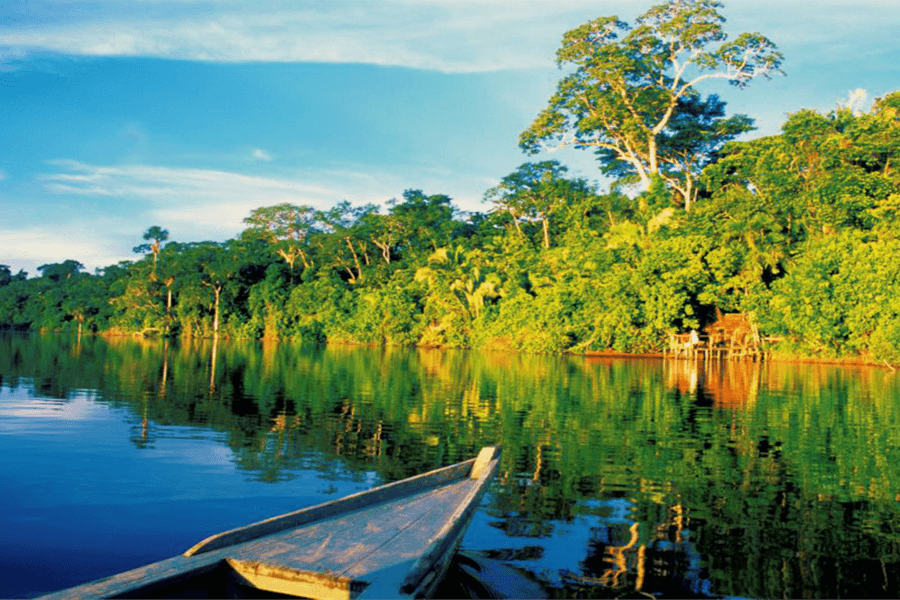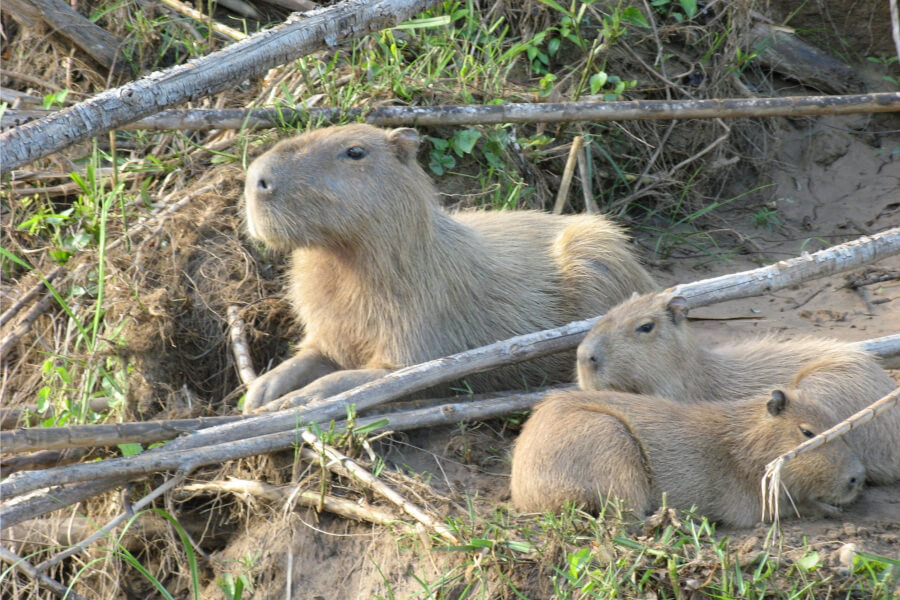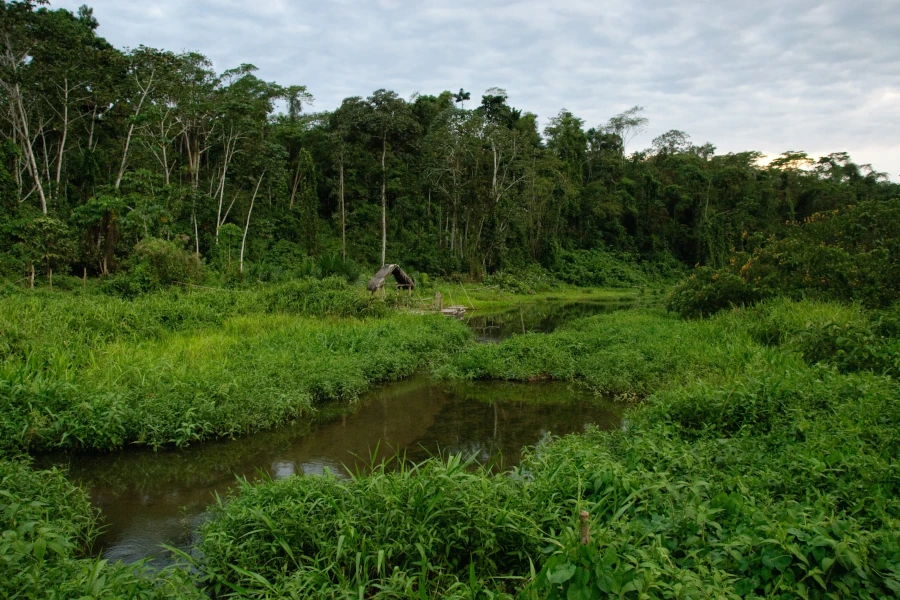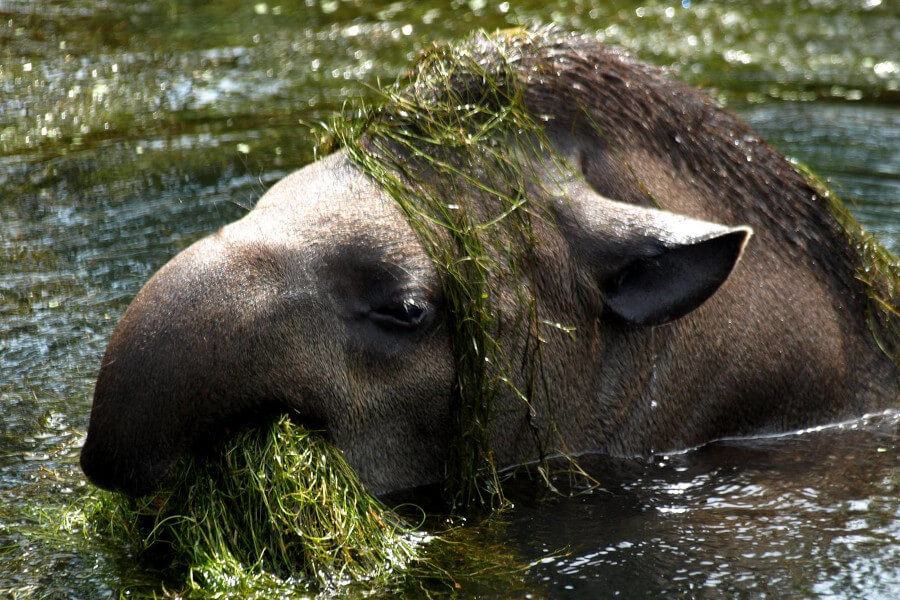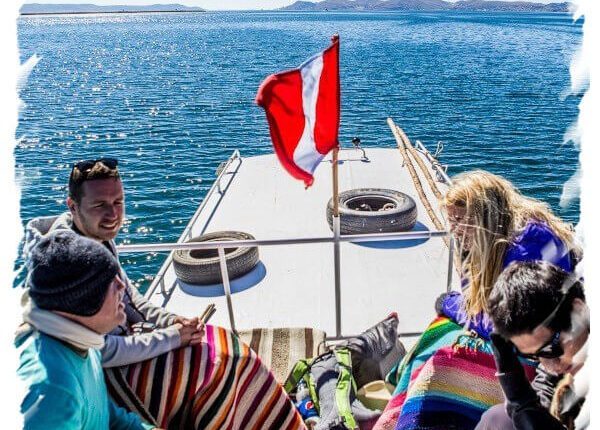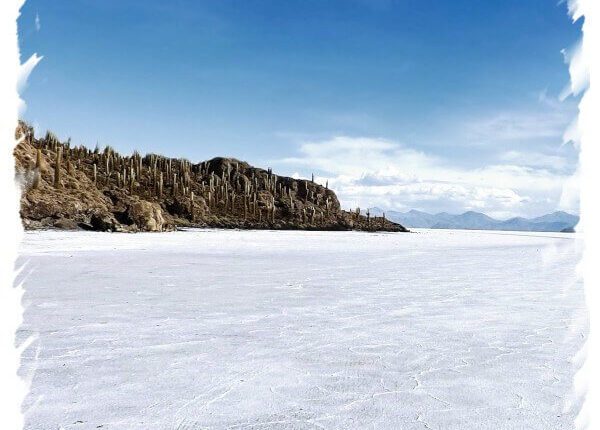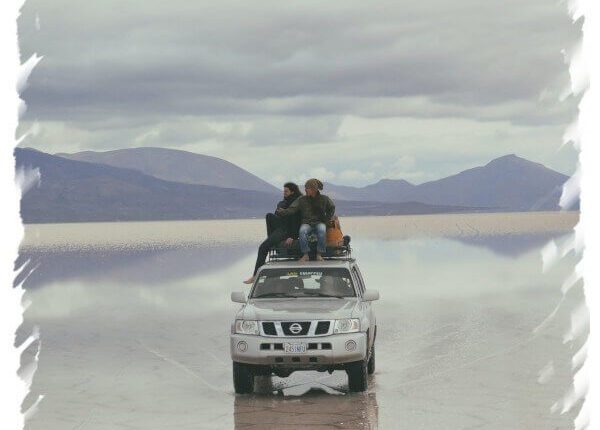- Tours
- Cusco
- Cusco City Tour (Half Day)
- Cusco 4 Ruins Tour (Half Day)
- Mirabus City Tour (Half Day )
- Sacred Valley of the Incas (Full Day)
- Maras Salt Mines & Moray (Half Day)
- Andean Baroque Tour & Tipon (Half Day)
- South Valley, Tipon & Pikillacta (Half Day)
- Rainbow Mountain Tour (Full Day)
- Humantay Lake (Full Day)
- Qeswachaca Inca Bridge Tour (Full Day)
- Sports & Adventure
- Machu Picchu
- Treks
- Classic Inca Trail (4 Days)
- Short Inca Trail (2 Days)
- Inca Jungle to Machu Picchu (4 Days)
- Salkantay Trek & Machu Picchu (4 Days)
- Lares Trek to Machu Picchu (4 Days)
- Choquequirao Trek (7 Days)
- Ausangate Trek (4 Days)
- Ausangate Trek & Rainbow Mountain (5 Days)
- Ausangate Trek (07 days)
- Choquequirao Trek (4 Days)
- Choquequirao Trek to Machu Picchu (8 Days)
- Amazon Rainforest
- Cusco
- Other tours in Peru
- Bolivia
- Services
- Insurance
- Terms & Conditions
